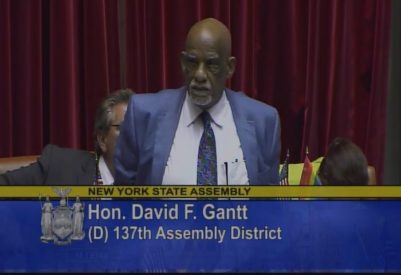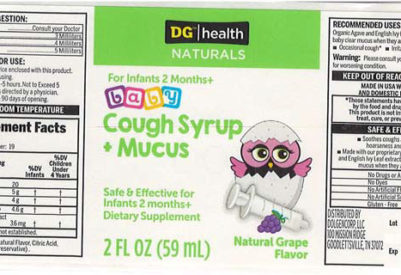
Medicare may be in trouble, but it is not going bankrupt, According to a 2023 report by the Boards of Trustees of the Federal Hospital Insurance and Federal Supplementary Medical Insurance trust funds, the Medicare Hospital Insurance (HI) trust fund will be depleted if healthcare expenses continue to exceed money flowing in.
Without new legislation, it’s estimated that by 2031, Medicare Part A may only be able to pay for 89% of the costs it covers today.
How the Medicare Trust Fund Works
The Medicare HI trust fund supports Medicare Part A.
This part of Medicare pays for inpatient hospital care as well as hospice. For people who are discharged from the hospital, it also covers short-term stays in skilled nursing facilities or, as an alternative for people who choose not to go to a facility, it covers home healthcare services.
Medicare Parts B, C, and D
Medicare Part A is funded by the Medicare HI trust fund but because Medicare Advantage plans (Part C) also cover Part A benefits, they receive partial funding from the Medicare HI trust fund too. Medicare Parts B and D have other sources of funding, the main one being what you pay in monthly premiums.
Medicare payroll taxes account for the majority of dollars that finance the Medicare HI trust fund. Employees are taxed 2.9% on their earnings—1.45% paid by themselves and 1.45% paid by their employers. People who are self-employed pay the full 2.9% tax.
The Additional Medicare Tax for high-income workers puts an extra 0.9% tax (3.8% total) on earned or invested income beyond $200,000 if you are single, or $250,000 if you are married.
Monthly premiums account for a smaller proportion of Medicare HI trust fund financing. The majority of Americans do not pay a monthly premium for Part A, though they will pay deductibles, coinsurance, and copayments for services rendered.
Premiums are free for people who have contributed 40 quarters (10 years) or more in Medicare payroll taxes over their lifetime. They have already paid their fair share into the system, and their hard work even earns premium-free coverage for their spouse.
People who have worked less than 40 quarters, on the other hand, will be charged a monthly premium, and those dollars add up quickly.
The Part A premium for people who worked between 30 and 39 quarters is $278 per month ($3,336 per year) in 2024. For those working less than 30 quarters, the cost increases to $505 per month ($6,060 per year).
The money collected in taxes and in premiums makes up the bulk of the Medicare HI trust fund. Other sources of funding include income taxes paid on Social Security benefits and interest earned on trust fund investments.
Altogether, the Medicare Trustee report suggests these dollars may not be adequate to meet the demands of the growing Medicare population by 2031.
The announcement by CMS that the Medicare HI trust fund could be insolvent within a few years is concerning.1 Older Americans are at risk of having decreased access to health care when they need it most. Specifically, hospital and after-hospital care benefits could be decreased.
As it stands, Social Security benefits have been flat. With marginal increases in the Cost of Living Allowance over the past several years, seniors are already forced to stretch their dollars.
Many legislative proposals are in the works to protect Medicare but some of them shift more of the costs onto seniors who are already living on a fixed income.





